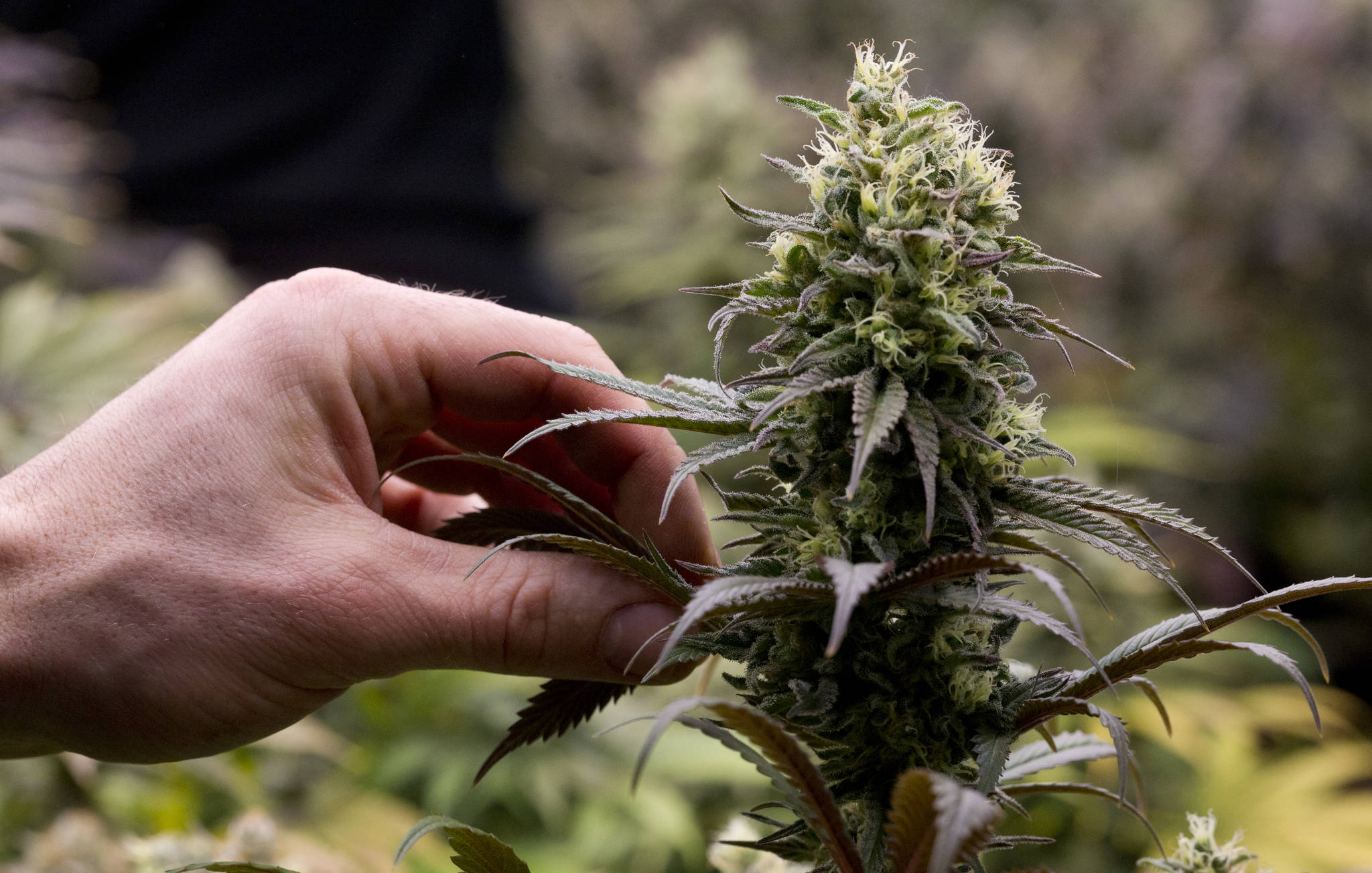New figures from the Alaska Department of Revenue show Alaska’s legal marijuana industry has reached a new peak of production and sales.
In March, 27 growers paid the state $220,229 in tax revenue. Alaskans bought 225 pounds of bud or flower and 169 pounds of other plant parts (typically used as raw material for concentrates).
Each of those figures are the most since the state’s first legal marijuana sales took place in the last days of October.
Tax figures trail actual sales by one month; figures for March are released at the end of April. April’s figures will be released at the end of May.
To date, the state of Alaska has collected $693,029 in marijuana tax revenue from cultivators. Flower is taxed at $50 per ounce and other plant parts are taxed at $15 per ounce.
The Alaska Department of Revenue has forecast the state will collect $2 million in the fiscal year that ends July 1. To reach that figure, sales would have to average $433,000 in April, May and June.
Sales have remained stubbornly below state projections for a variety of reasons including a slower-than-expected regulatory process, the time needed for cultivation and harvest, and the fact that out-of-state investment is not permitted.
Retailers and cultivators have been forced to bootstrap their own businesses, which requires them to gradually increase production as their monthly profits allow.
Under Alaska’s rules, cultivators — not retailers — pay state taxes. Because marijuana remains federally illegal, it is not taxed by the U.S. government.
Eight states and the District of Columbia have legalized recreational marijuana, though only Oregon, Washington, Colorado and Alaska have fully fledged their industries.
In Alaska, Fairbanks remains the industry’s hotbed. In March, nine cultivators — one in three of all the state’s growers — were paying taxes. Anchorage had only two, the same number as Sitka.
Juneau had only one taxpaying cultivator in March; additional cultivators are expected to begin sales in May.
Contact reporter James Brooks at james.k.brooks@juneauempire.com or call 419-7732.

